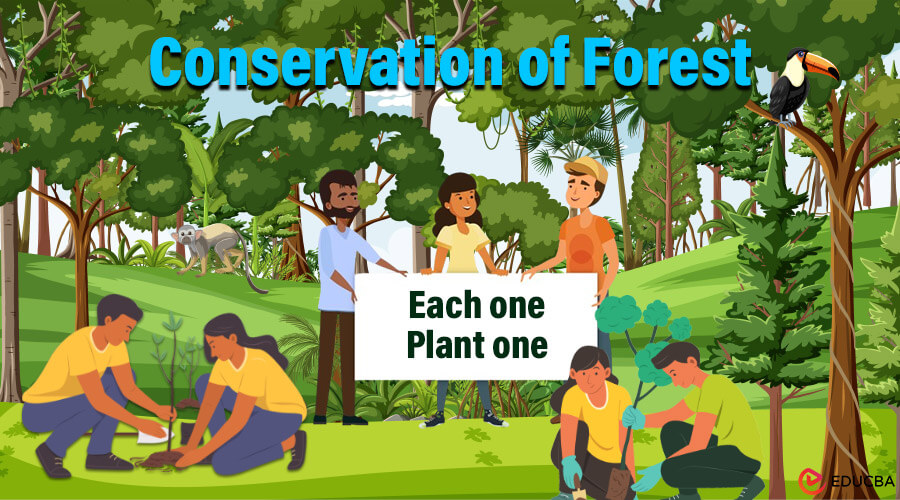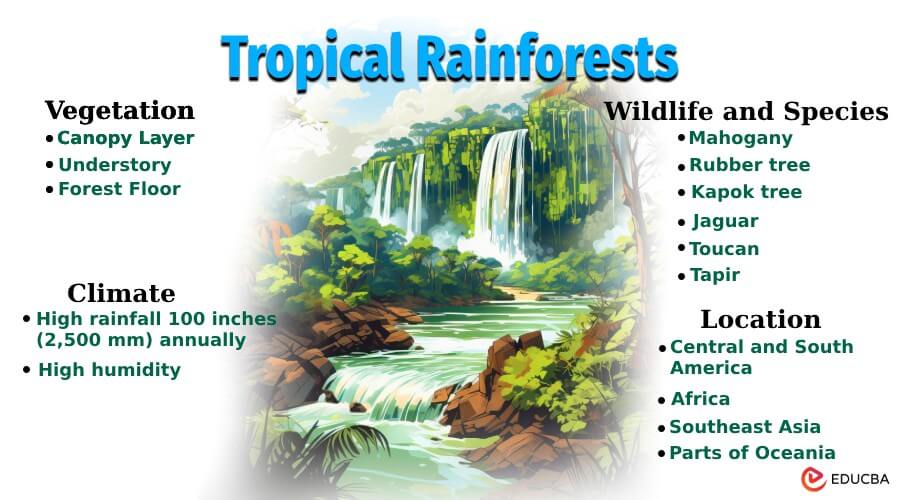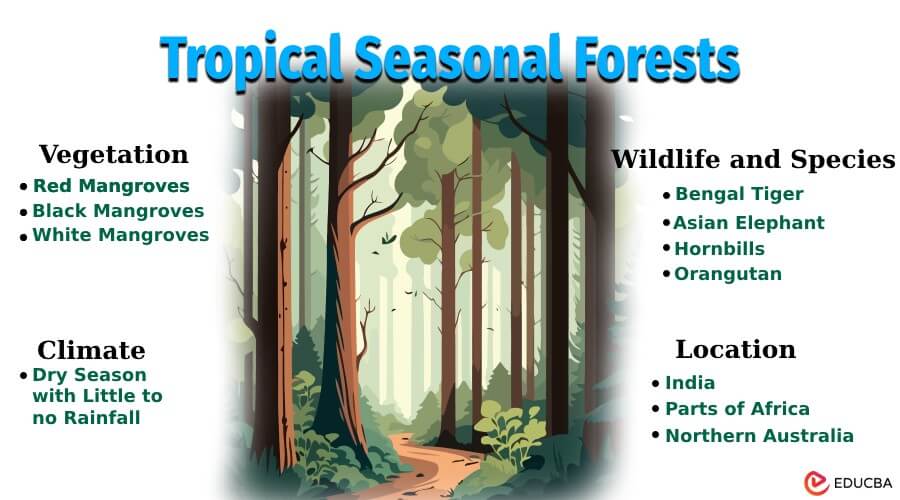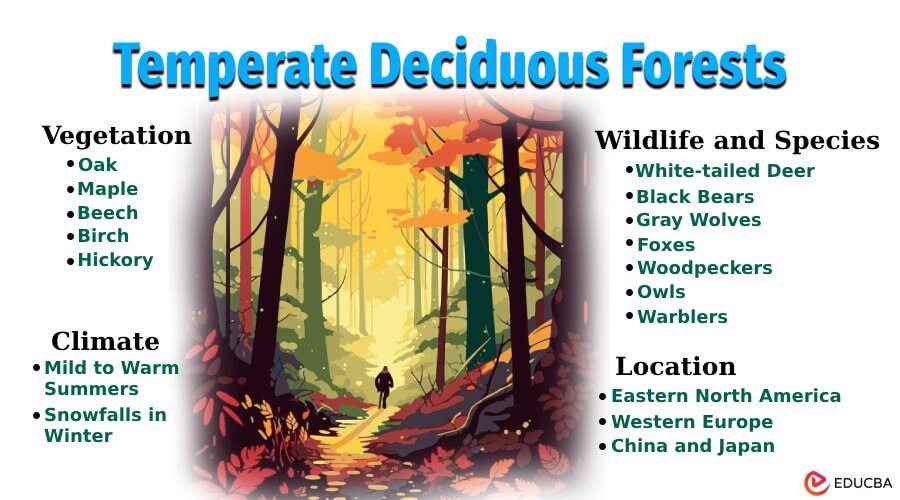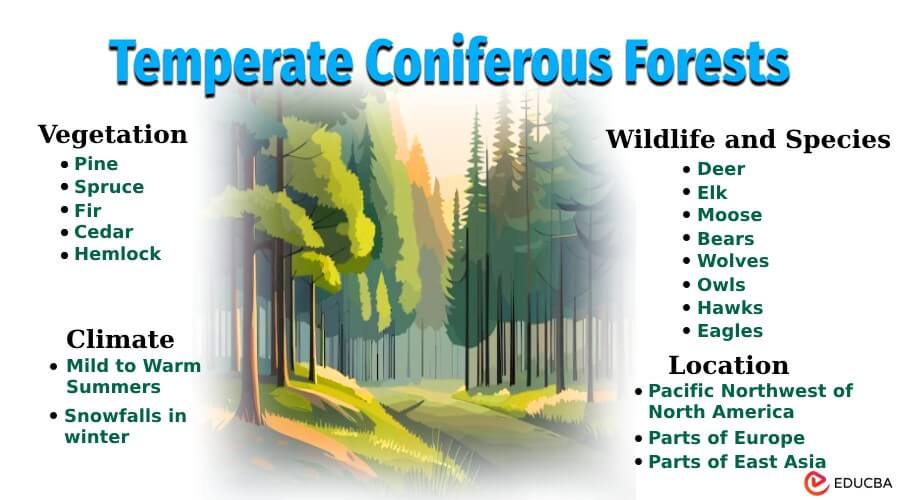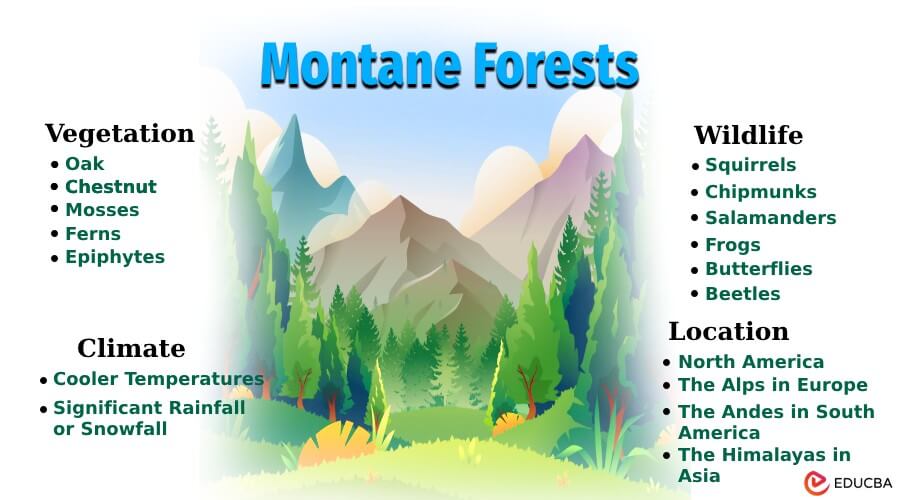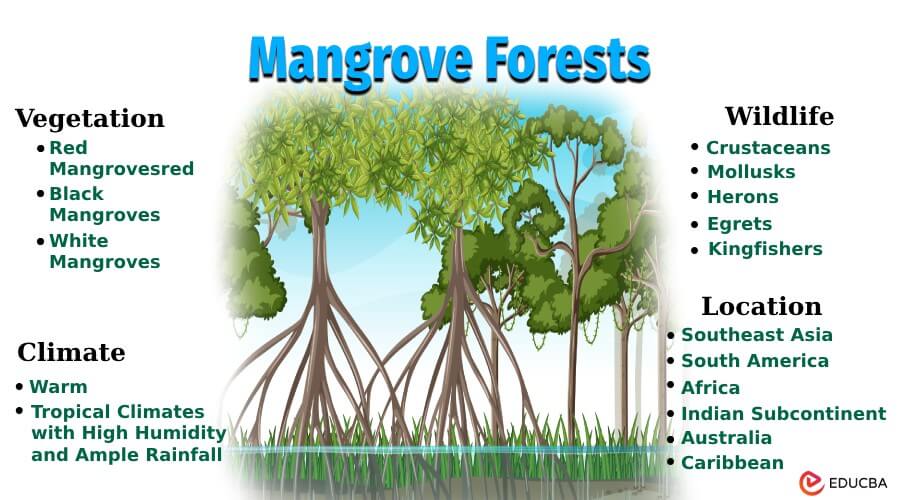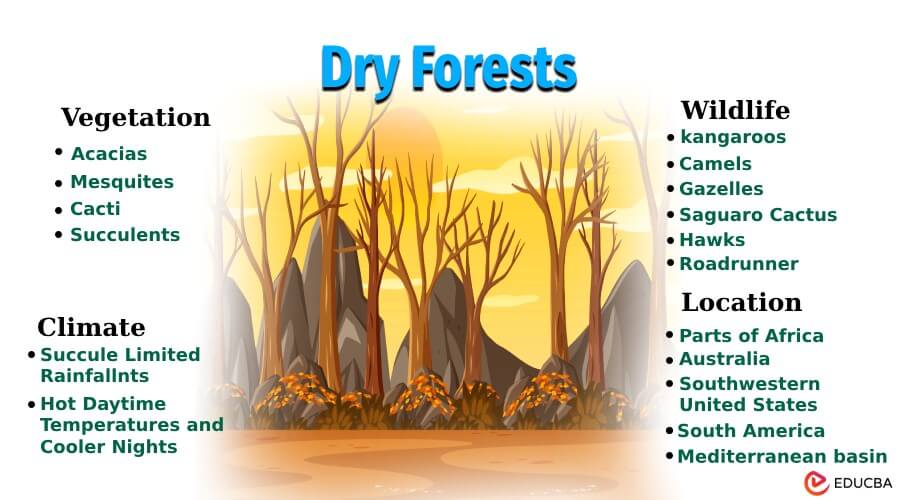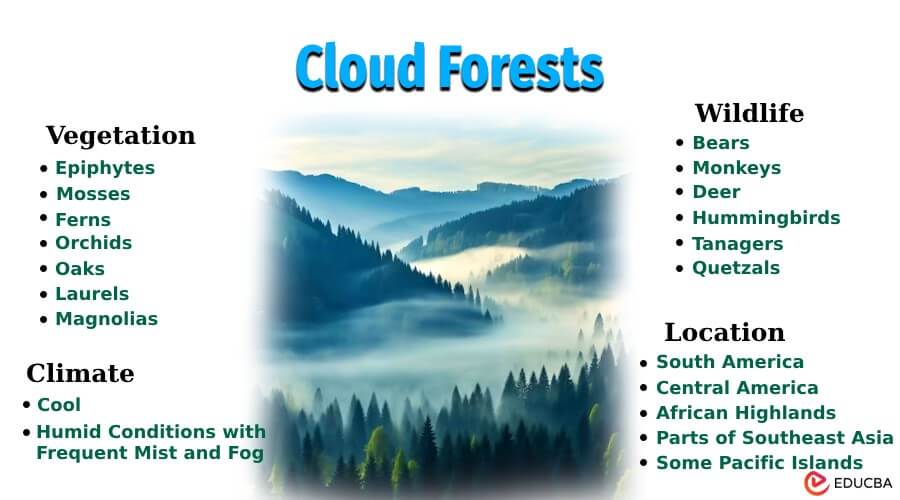Introduction to Conservation of Forest
Forests are vital ecosystems that cover about 31% of the Earth’s land surface, providing a home to countless species and serving as a source of livelihood for millions of people. However, deforestation, climate change, and unsustainable land use practices threaten these invaluable habitats. For example, the Amazon rainforest, often called the “lungs of the Earth,” is facing unprecedented levels of deforestation due to logging, agriculture, and infrastructure development. Conservation of forests is crucial not only for the preservation of biodiversity but also for maintaining ecological balance, regulating the climate, and ensuring the sustainability of resources for future generations. In this essay, we will explore the importance of forest conservation and the strategies for implementing them to protect these precious ecosystems.
Importance of Conserving Forests
Conserving forests is crucial for various reasons, as they play a vital role in maintaining the health of the planet and supporting life in numerous ways. Here’s a detailed description of the importance of conserving forests:
- Biodiversity Conservation: Forests are home to over 80% of the world’s terrestrial biodiversity, including many plant and animal species found nowhere else. By conserving forests, we protect these species from extinction and help maintain the balance of ecosystems.
- Climate Regulation: Forests play a key role in regulating the Earth’s climate by absorbing carbon dioxide (CO2) from the atmosphere. Through the process of photosynthesis, trees remove CO2 and release oxygen, helping to mitigate the effects of climate change.
- Water Cycle Regulation: The water cycle is regulated mainly by forests. They help absorb and retain rainwater, reducing soil erosion and preventing flooding. Forests also help maintain the flow of rivers and streams, ensuring a steady water supply for both people and wildlife.
- Soil Conservation: Forests help maintain soil fertility by preventing erosion. The roots of trees hold the soil together, reducing the risk of landslides and keeping the soil quality for agriculture.
- Economic Benefits: Forests provide many economic benefits, including timber, non-timber forest products (such as fruits, nuts, and medicinal plants), and ecotourism opportunities. Conserving forests can help sustain these economic benefits in the long term.
- Cultural and Spiritual Significance: Forests hold cultural and spiritual significance for many indigenous communities worldwide. They are often considered sacred places and essential for rituals, ceremonies, and traditional practices.
- Medicinal Value: Many plant species found in forests have medicinal properties and are used in traditional medicine. Conserving forests ensures the preservation of these valuable resources for future generations.
- Carbon Sequestration: Forests act as carbon sinks, absorbing CO2 from the atmosphere and storing it in biomass. This helps reduce greenhouse gas concentration in the atmosphere, thereby mitigating climate change.
- Air Quality Improvement: Forests help improve air quality by absorbing pollutants and releasing oxygen. They play a crucial role in creating a healthy environment for both humans and wildlife.
- Sustainable Resource Management: By conserving forests, we can ensure the sustainable management of forest resources, such as timber and non-timber products, ensuring their availability for future generations.
Understanding Forest Ecosystems
Understanding forest ecosystems is crucial for effective forest conservation and management. Forest ecosystems are complex systems composed of various living organisms (biotic components) and non-living elements (abiotic components) that interact with each other and their environment. Here are some key components of forest ecosystems:
- Trees: Trees are the dominant vegetation in forest ecosystems and play a crucial role in shaping the ecosystem. They provide habitat for wildlife, regulate the climate, and contribute to soil fertility.
- Understory Vegetation: Beneath the canopy of trees, there is a layer of understory vegetation consisting of shrubs, herbs, and grasses. These plants provide food and shelter for many animal species.
- Soil: Soil is a vital component of forest ecosystems, providing nutrients, water, and support for plant growth. Healthy soil is essential for the health and productivity of forest ecosystems.
- Microorganisms: Microorganisms such as bacteria, fungi, and protozoa are crucial in nutrient cycling and decomposition in forest ecosystems. They break down organic matter, releasing nutrients that plants can use.
- Wildlife: Forest ecosystems are home to a diverse range of wildlife, including mammals, birds, reptiles, amphibians, and insects. These animals play various roles in the ecosystem, such as pollination, seed dispersal, and nutrient cycling.
- Water Bodies: Many forest ecosystems contain rivers, streams, lakes, and wetlands. These water bodies are essential for providing water to plants and animals and supporting diverse aquatic species.
- Climate: Climate plays a significant role in shaping forest ecosystems. Temperature, precipitation, and seasonality influence the types of plants and animals that can thrive in a particular forest ecosystem.
- Disturbances: Natural events, such as wildfires, storms, and insect outbreaks, can negatively and positively impact forest ecosystems. They can create opportunities for new growth and regeneration but can also cause damage and loss of habitat.
Types of Forests
We can broadly categorize forests into several types based on their characteristics and the region they are found in because they are incredibly diverse. Here are some of the main types of forests:
- Tropical Rainforests: Near the equator, these forests, characterized by high rainfall and humidity levels, are found. They are known for their incredible biodiversity, with various plant and animal species.
- Tropical Seasonal Forests: These forests experience seasonal changes in rainfall, with a dry season and a wet season. They are found in regions where the climate is tropical but with distinct wet and dry periods.
- Temperate Deciduous Forests: Found in regions with moderate climates, these forests have trees that shed their leaves in the fall. They are known for their rich biodiversity in parts of North America, Europe, and Asia.
- Temperate Coniferous Forests: Found in colder regions with long winters and short summers, these forests are also known as boreal forests or taiga. Coniferous trees like pine, spruce, and fir dominate them.
- Montane Forests: In mountainous regions, these forests, characterized by their altitude, often have unique plant and animal species adapted to the cooler temperatures and higher elevations.
- Mangrove Forests: These forests thrive in saline water along coastal areas in tropical and subtropical regions. They provide essential habitats for fish and other marine life.
- Dry Forests: Found in dry climates, these forests are adapted to survive with limited water. Regions that experience seasonal droughts often host these forests.
- Cloud Forests: Characterized by their mossy trees and unique biodiversity, these forests thrive in mountainous areas with high humidity and frequent cloud cover.
Threats to Forests
Forests around the world are facing numerous threats, primarily due to human activities and environmental changes. Here are some of the major threats to forests:
- Deforestation: One of the most significant threats to forests is deforestation, which involves permanently removing trees to clear land for agriculture, logging, mining, and urban development. Deforestation leads to habitat loss and biodiversity loss and contributes to climate change.
- Illegal Logging: Illegal logging significantly contributes to deforestation and forest degradation. It involves the harvesting, transporting, and selling of timber, violating national laws and regulations.
- Climate Change: Climate change is affecting forests worldwide, leading to changes in temperature, rainfall patterns, and the frequency of extreme weather events. These changes can stress forest ecosystems and make them more vulnerable to pests, diseases, and wildfires.
- Forest Degradation: Forest degradation refers to the loss of forest quality and health due to factors such as logging, pollution, and invasive species. It can result in a drop in ecosystem services and biodiversity.
- Wildfires: Wildfires can cause significant damage to forests, destroying trees’ wildlife habitat and contributing to air pollution. Many regions expect climate change to increase the frequency and intensity of wildfires.
- Invasive Species: Invasive species can outcompete native species and disrupt forest ecosystems. They can reduce biodiversity and alter ecosystem functions.
- Urbanization and Infrastructure Development: Urbanization and infrastructure development, such as roads, dams, and mines, can lead to the fragmentation and loss of forest habitats.
- Agricultural Expansion: The expansion of agriculture, especially industrial agriculture, often involves clearing forests to make way for crops or livestock. This can lead to deforestation and biodiversity loss.
- Mining: Mining activities can have a significant impact on forests, leading to deforestation, soil erosion, and water pollution.
- Overgrazing: Overgrazing by livestock can damage forest ecosystems, leading to soil erosion, loss of vegetation, and degradation of habitat for wildlife.
Strategies for Forest Conservation
Forest conservation is crucial for maintaining biodiversity, mitigating climate change, and ensuring the sustainable use of forest resources. Here are some strategies for conserving forests:
- Protected Areas: Establishing protected areas such as national parks, wildlife reserves, and conservation areas can help protect forests from deforestation and other threats. These areas can also serve as important habitats for wildlife.
- Sustainable Forest Management: Implementing sustainable forest management practices, such as selective logging and reforestation, can help ensure forests’ long-term health and productivity while minimizing negative impacts on biodiversity and ecosystem services.
- Community-Based Conservation: Involving local communities in forest conservation efforts can help build support for conservation initiatives and ensure that conservation practices are culturally and economically sustainable.
- Forest Certification: Forest certification schemes, such as the Forest Stewardship Council (FSC) certification, help promote sustainable forest management practices and responsible sourcing of forest products.
- Reducing Emissions from Deforestation and Forest Degradation (REDD+): REDD+ is a global initiative that aims to reduce greenhouse gas emissions from deforestation and forest degradation by providing financial incentives for forest conservation and sustainable management.
- Agroforestry: Agroforestry practices, which involve integrating trees into agricultural landscapes, can help improve soil fertility, increase biodiversity, and provide additional income for farmers while conserving forests.
- Law Enforcement and Anti-Poaching Efforts: Strengthening law enforcement and anti-poaching efforts can help reduce illegal logging, hunting, and other activities that threaten forest ecosystems.
- Education and Awareness: Educating people about the importance of forests and conservation benefits can help build support for conservation efforts and encourage sustainable practices.
- International Cooperation: International cooperation and partnerships are essential for addressing global issues such as deforestation and climate change. Collaboration between countries can help share knowledge, resources, and best practices for forest conservation.
- Research and Monitoring: Conducting research and monitoring forest ecosystems can help identify threats and assess the effectiveness of conservation strategies, leading to more informed decision-making.
Case Studies
Here are a few case studies highlighting successful forest conservation efforts from different parts of the world:
- Costa Rica’s Payment for Ecosystem Services (PES) Program: Costa Rica’s PES program is one of the most successful conservation initiatives in the world. Launched in the late 1990s, the program incentivizes landowners to conserve forests by paying them for their forests’ ecosystem services, such as carbon sequestration, water regulation, and biodiversity conservation. As a result of this program, Costa Rica has seen a significant increase in forest cover, with over 50% of the country now covered by forests.
- Brazil’s Amazon Conservation Fund (ACF): The ACF is a partnership between the Brazilian government, international donors, and local communities to reduce deforestation in the Amazon rainforest. The fund provides financial incentives to landowners and communities to adopt sustainable land-use practices and protect forests. Since its inception, the ACF has helped to reduce deforestation rates in the Brazilian Amazon by over 70%.
- Bhutan’s Community Forestry Program: Bhutan’s Community Forestry Program empowers local communities to manage and conserve forests in their areas. Under this program, communities are given legal rights to manage forests and benefit from sustainable forest management practices, such as agroforestry and ecotourism. As a result, Bhutan has seen increased forest cover and improved livelihoods for rural communities.
- The Bonn Challenge: The Bonn Challenge is a global initiative to restore 350 million hectares of degraded and deforested land by 2030. Countries and organizations worldwide have pledged to restore forests as part of this initiative, focusing on biodiversity conservation, climate change mitigation, and sustainable development. Successful case studies of forest restoration under the Bonn Challenge include projects in countries such as Rwanda, Indonesia, and Ethiopia.
- The Yellowstone to Yukon Conservation Initiative (Y2Y): Y2Y is a transboundary conservation initiative aimed at preserving the Yellowstone to Yukon region’s ecological integrity, stretching from Yellowstone National Park in the United States to the Yukon Territory in Canada. The initiative focuses on protecting and connecting key habitats for wildlife, such as grizzly bears and wolves, by establishing wildlife corridors and protected areas. Y2Y has successfully brought together governments, Indigenous communities, conservation organizations, and other stakeholders to achieve a common conservation goal.
Future Outlook
The future outlook for forest conservation is challenging and hopeful, with ongoing efforts and emerging trends shaping the conservation landscape. Here are some key aspects of the future outlook for forest conservation:
- Continued Threats: Forests will continue to face threats such as deforestation, climate change, illegal logging, and habitat fragmentation. Addressing these threats will require concerted efforts and innovative solutions.
- Climate Change Impact: Climate change will have a significant impact on forests, altering their distribution, composition, and health. Forests must adapt to changing conditions, and conservation efforts must focus on building resilience and promoting adaptation strategies.
- Technological Advancements: Advances in technology, such as remote sensing, geographic information systems (GIS), and artificial intelligence (AI), will play an increasingly important role in forest conservation. These technologies can help monitor forests, detect deforestation, and support conservation planning and decision-making.
- Community Engagement: There is a growing recognition of the importance of engaging local communities in forest conservation efforts. Community-based approaches involving local people in decision-making and benefit-sharing will likely become more prevalent.
- Policy and Governance: Strengthening forest conservation governance frameworks will be critical. This includes implementing sustainable forest management practices, addressing illegal logging, and promoting transparency and accountability.
- Financial Mechanisms: Developing sustainable financing mechanisms for forest conservation will be essential. This includes exploring innovative financing mechanisms such as payments for ecosystem services (PES), carbon offset programs, and green bonds.
- International Cooperation: International cooperation will be crucial for addressing global challenges such as deforestation and climate change. Collaborative efforts among countries, organizations, and stakeholders will be needed to achieve meaningful conservation outcomes.
- Conservation and Development Integration: There is a growing recognition of the need to integrate forest conservation with sustainable development goals. Conservation efforts that benefit local communities and promote economic development are more likely to be successful in the long term.
Conclusion
The conservation of forests is essential for our planet’s health and future generations’ well-being. Forests are crucial in maintaining biodiversity, regulating the climate, and providing numerous ecosystem services. By conserving forests, we can protect valuable habitats, mitigate climate change, and ensure the sustainability of resources for both humans and wildlife. However, achieving effective forest conservation requires a collective effort involving governments, NGOs, local communities, and individuals. Only through collaborative action and a commitment to sustainable practices can we preserve our forests for the benefit of all.

